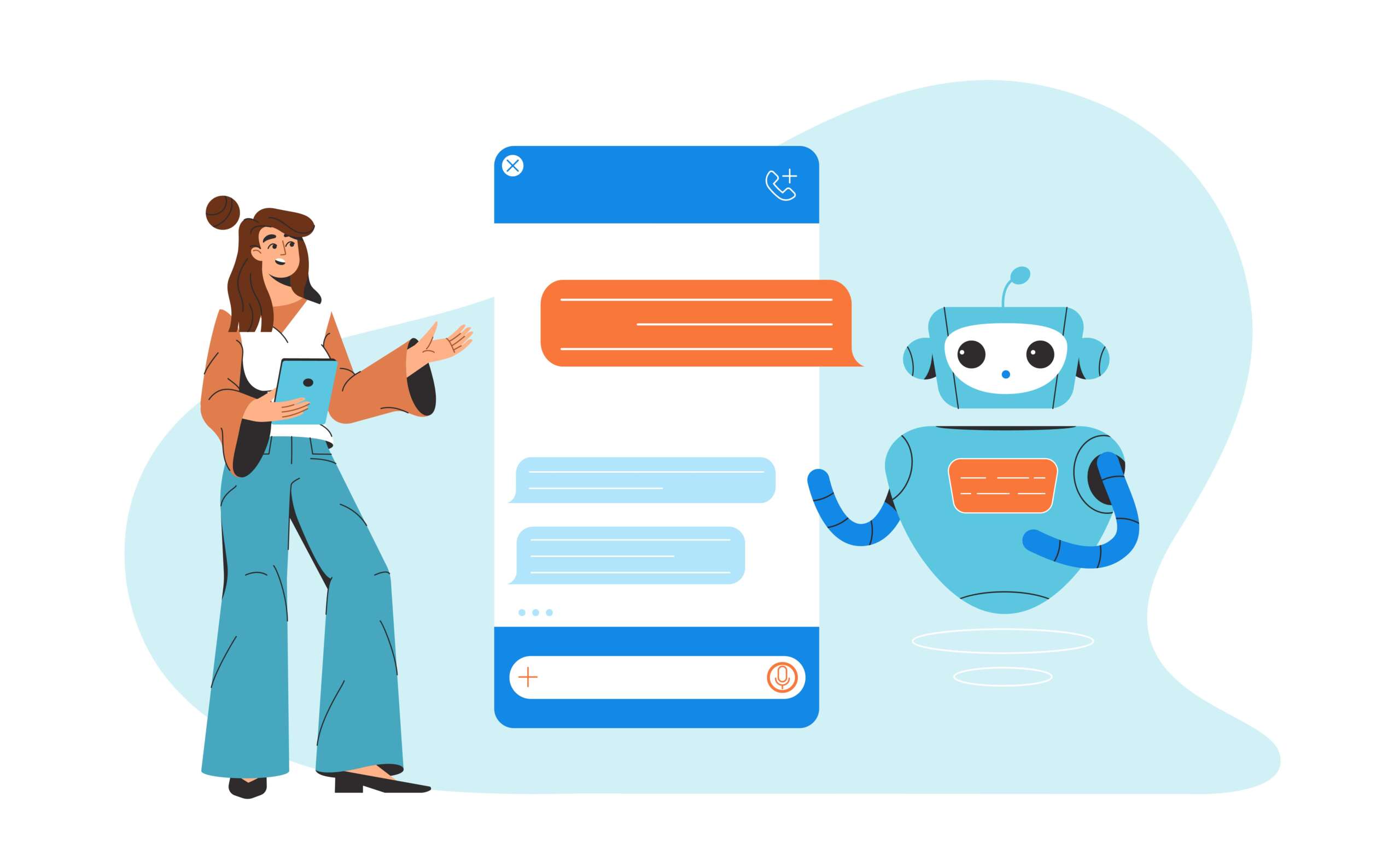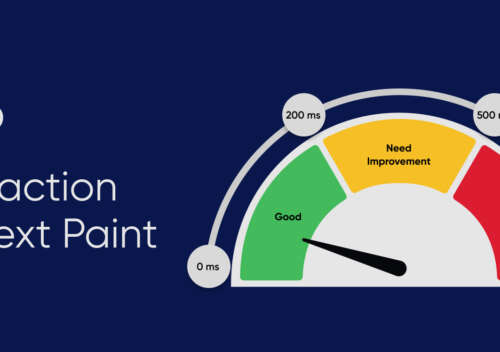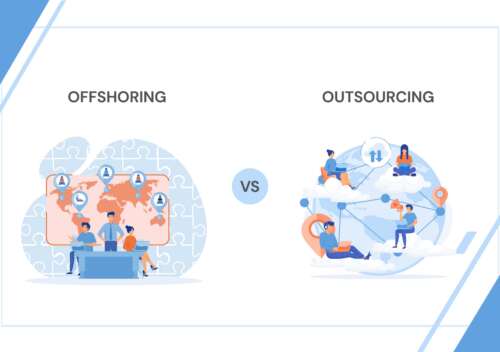With the release of ChatGPT in November 2022, it has quickly garnered attention for its ability to generate human-like text for complex questions. It has been designed to understand what humans mean when they raise any question. Arguably, it is the hottest topic in AI right now that has gained millions of users worldwide!
ChatGPT (Chat Generative Pre-Trained Transformer) by OpenAI is taking the internet by storm. With human-like answers and quick replies, this technology has left everyone curious. Almost every business (old or new) is contemplating it because of its tons of available features, including code generation, creating marketing content, translating content, and much more. It goes without saying that it can ramp up operational efficiency and let people focus on their core business competencies.
Let’s face it, ChatGPT might be easy for technical people, but the situation is not same for non-technical ones. They should know how it works to utilise its potential to the fullest. This post will help you learn the technology and the model behind this revolutionary technology in the simplest way possible.
Understanding ChatGPT’s Transformer Architecture
Based on the “transformer architecture”, ChatGPT processes sequential data seamlessly, such as a text or a speech. This neural network comprises of an encoder and decoder for processing input sequences and generating outputs based on that input using mechanisms called attention and self-attention. This means that the architecture comprehends the conversational flow and create responses that are relevant to the context.
FYI, attention makes the model to look mainly on the relevant parts of the input and output by analysing the relevancy between the elements (vectors). If its focus is on the similar sequence, it can be termed as self-attention.
Important Components of Transformer Architecture
Input Embedding- It involves conversion of words into vectors of numbers.
Encoder- It analyses and understands the input text.
Decoder- It generates output in context to the input provided.
“The transformer architecture is a form of neural network that performs a variety of natural language processing tasks, ranging from language translation to text summarisation and creation”.
ChatGPT & NLP (Natural Language Processing)
There is no denying the fact that NLP has come a long way in recent years and ChatGPT plays a major role in its growth.
At its core, ChatGPT is an NLP model that produces machine text with a human touch. In general, an input text will have to pass through the following stages:
Preprocessing- Using methods like sentence segmentation, tokenization (splitting text into small pieces), stemming (deleting suffixes and prefixes) for cleaning the text.
Encoding- converting cleaned text into a vector of numbers for better model processing.
Model Processing- the encoded input gets transferred to the model for processing.
Fetching Result- provides result of potential words presented in vectors of numbers using the model.
Decoding– vector translation into actual words.
Post-processing- output refining for spell checking, grammar checking, punctuation, and lots more.
Delve into GPT, GPT2, GPT3
GPT is a generative model that is designed to produce output. It makes use of the decoder section of the transformer architecture as discussed earlier. The decoders can predict the next token in the sequence. GPT repeatedly processes it using the past results to create lengthy texts.
Within GPT2, the model size has been increased to 1.5B parameters along with corpus and put the model with WebText. It proved to be effective as it can do a variety of language-related tasks.
In the case of GPT3, the model has been extended to 175 billion parameters that use a large number of words from the web and Wikipedia. It has been found out that a big model can perform tasks efficiently with a few examples.
InstructGPT and ChatGPT- The Fine-Tuned Models
With different iterations of GPT, it has come into the picture that larger models don’t always produce reliable output. They might not understand the human intent properly. This is why fine tuning of GPT-3 has been performed using supervised learning and RLHF (Reinforcement Learning from Human Feedback), resulting in InstructGPT and ChatGPT.
Supervised learning from human examples- a dataset of prompt responses has been provided to make the model understand the behavior from those examples and fetch a SFT model.
Reward model training for rating the responses using generative model- The SFT model will be used for producing several responses and ranked according to their quality, from worse to better.
Optimising Supervised Fine-Tuned (SFT)using reward model- The reward model will carefully assess every response and provide a reward value in accordance with human preference.
Wrapping Up
ChatGPT is a highly advanced language model following transformer-based architecture that comes with exceptional fine tuning capabilities and making it efficient and reliable. It’s quite versatile and capable of doing several tasks like writing code, content creation and translation, just to name a few.
If you’re planning to integrate ChatGPT in your business operations soon, it’s important to first understand how it can add more value in the long run. IDS Logic can help you to integrate ChatGPT for the high business growth.



